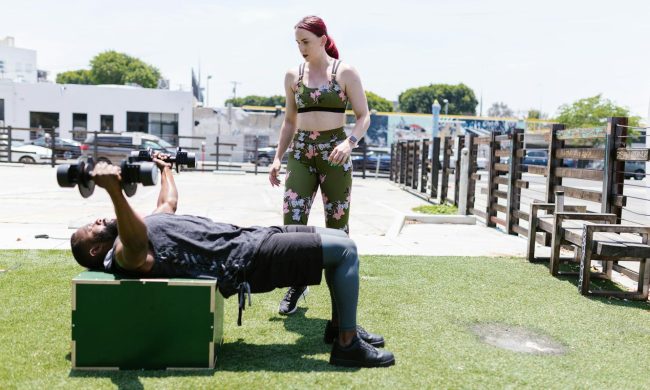When the gym is too busy, it can take up time while you wait for a machine or dodge the people standing around. Nobody wants to feel like ‘sardines in a tin’ when pumping iron or getting your cardio in. People become even less likely to clean those machines properly after use, and your workout might take longer than expected.
Some people just don’t like crowds, and others prefer working out efficiently alone. More people in the building means the potential for more ‘gymtimidation’ and judgment, which has been shown to be one of the primary gym deterrents. Recent data sheds light on the busiest and quietest time to go to the gym and the average duration of gym visits. Knowing when the buzz dies down could help you plan your workout schedule if you’d rather work out when it’s on the quieter side.
The busiest and quietest times to visit the gym

Recent data from Pure Gym yields interesting results about the busiest and quietest times to visit the gym. Here are the key findings:
- Tuesdays are the busiest day of the week.
- Sundays are typically the quietest day of the week, followed by Saturdays and Fridays.
- January is the busiest month to visit the gym.
- The quietest month is December.
- Outside of Christmas and New Year, Easter Sunday is the quietest day at the gym.
- In 2024, interestingly, the final of the men’s 2024 European Championships between England and Spain was also especially quiet and even quieter than Mother’s Day or Father’s Day.
What’s the most popular type of gym class?

The data showed that the most popular type of gym class was cycle-themed, showing that people are enjoying cycling and the benefits that come along with it.
How much time do people spend in the gym?

The data showed that the average gym visit sits at 69 minutes, which has remained consistent for the last three years since 2022. This report is expected as most people exercise for around 30 to 60 minutes, with time allocated for getting changed or placing items in the locker.
Concluding thoughts

Some might think that the weekends are the busier time to visit the gym when many people have more free time, but looking at this data, it seems the opposite is true, and Saturday and Sunday are on the quieter side. Monday and Tuesday are consistently the busiest days of the week year after year. This could be because people feel more rested after the weekend and plan more of their workouts toward the beginning and middle of the week.
If you’re trying to avoid the crowds, this data indicates you should map your workouts around the weekend and later in the week. It makes sense that December is the slowest month as people wind down during the Christmas holidays. We all know people flock to the gym in January, steadfast in their New Year fitness resolutions. February and March are also some of the busier months, with seven of the top 10 busiest days of the year reported in February and March, which says that maybe people are sticking to their New Year’s fitness resolutions or delaying starting them. The data revealed that September visits tended to be consistently low year-on-year despite the ‘Winter-Arc’ trend.




